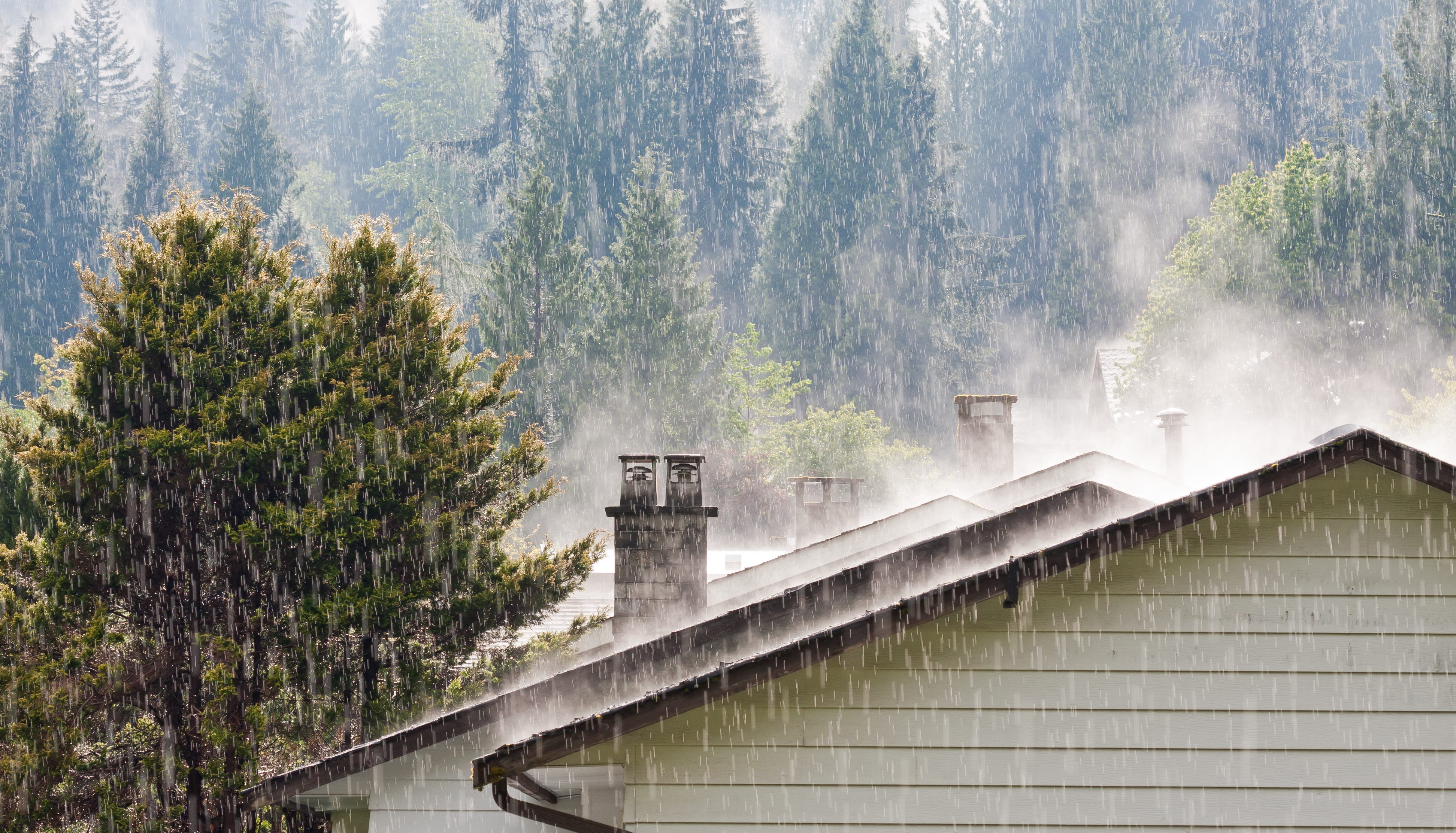How Storm Runoff — and Household Products — Impact Our Watershed
Eight millimeters may not seem like a lot. It’s about the size of a pencil eraser or a button on your TV remote. But when it comes to the Tualatin River Watershed, the 8-millimeter salmon egg is essential. It will grow into a fry, just a few centimeters long, then into a smolt on its way to the sea. Once it returns to the river to spawn, it will be a full-grown salmon. On average, an adult Chinook salmon weighs about 30 pounds, but some can reach closer to 100 pounds. That’s a huge growth from just an 8-millimeter egg.
Salmon and other species indicate a healthy watershed. Salmon runs act as pumps that push nutrients from the ocean to headwaters. Predators like bears and birds rely on salmon as their main food source. From microorganisms to the largest bald eagles, the life cycle of the salmon is integral to the health of the watershed. Your actions, no matter how small, can impact the life cycle of the salmon, and the overall health of the watershed.

Did You Know?
Salmon are culturally significant to many Indigenous people in the Pacific Northwest. Learn more about the Kalapuya people at the Five Oaks Museum.
Out of the Classroom and Into the River

Clean Water Services’ education team supports the “Fish Eggs to Fry” program, through which students raise salmon in their classrooms and release them into the Tualatin River. At the release, students participate in a nature walk, water quality investigation, water chemistry assessment, and a salmon migration game to get a deeper understanding of the interrelated parts of our environment.
“This is so important for kids to see the relevance of science in their community, environment, and future,” said Taylor Morrison, a science teacher at Five Oaks Middle School. Due to the pandemic, “we haven’t been able to have science field trips at Five Oaks for a long time.”
During the winter salmon season, more than 550 students participated in field activities and classroom programming with CWS and partners from Tualatin Soil and Water Conservation District, Northwest Steelheaders, and the National Wildlife Federation.
Actions Matter
As these tiny salmon fry continue to grow in the Tualatin River, they may face detrimental challenges. Zinc, iron, and copper in the water can harm, disorient, and even kill fish. These metals can be found in items you may have in your garage, around your yard, or on your roof right now: moss killer, paint, fertilizer, copper flashing, and more.
When you use these items, rain can carry chemicals down storm drains, which do not lead to a Clean Water Services treatment facility. In most cases, they lead directly to the Tualatin River or its tributaries. Almost everything that enters a storm drain will flow into the watershed. Herbicides, pesticides, and chemical fertilizers leach into our waterways and change water chemistry. They add nutrients that cause algae growth and harm stream life. Use nontoxic recipes and methods to help reduce excess chemicals and nutrients in our local streams, wetlands, and rivers. Learn more on our Stream-Friendly Solutions page.
It’s important to know how your actions, no matter how big or small, can impact the local environment. Even something eight millimeters long can make a difference.
